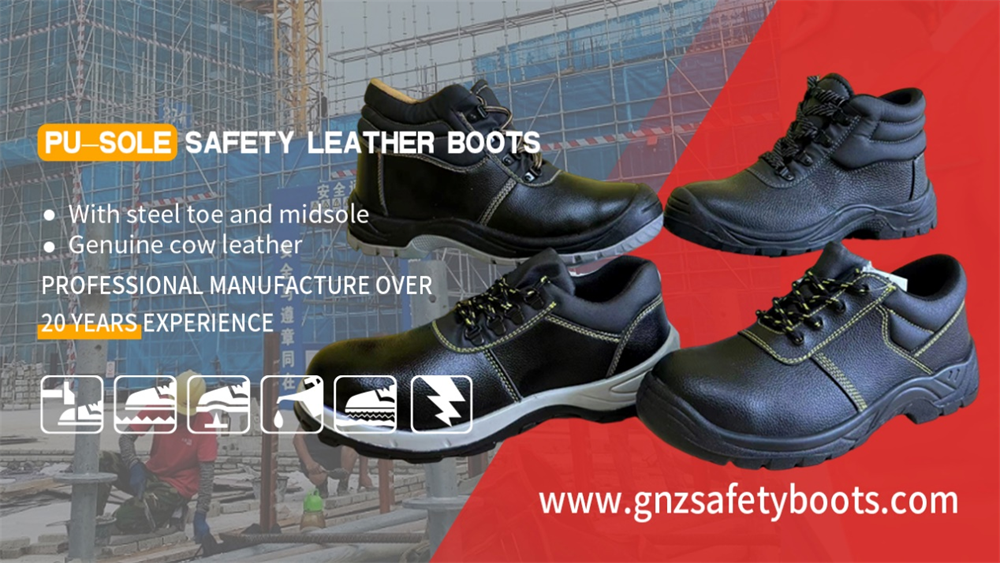Regulatory Influence and Standardization
The development of safety regulations has been a major driving force behind the evolution of the safety shoes industry. In the United States, the passage of the Occupational Safety and Health Act in 1970 was a landmark event. This act mandated that companies were responsible for providing a safe working environment, including proper safety equipment. As a result, the demand for high – quality safety shoes skyrocketed, and manufacturers were forced to meet strict standards.
Similar regulations were introduced in other countries around the world. For example, in Europe, safety shoe standards are set by the European Committee for Standardization (CEN). These standards cover aspects such as impact resistance, puncture resistance, and electrical insulation, ensuring that workers are adequately protected in various hazardous environments.
Technological Advancements in Materials and Design
In recent decades, technological advancements have revolutionized the safety shoes industry. New materials have been developed that offer enhanced protection and comfort.
The design of safety shoes has also become more ergonomic. Manufacturers now take into account factors such as foot shape, gait, and the specific demands of different jobs. For instance, shoes for workers in the food and beverage industry may have special features to resist water and chemicals, while those for construction workers need to be extremely durable and offer maximum protection against heavy objects.
Global Market Expansion and Current Status
Today, the safety shoes industry is a global phenomenon. The market is highly competitive, with manufacturers from all over the world vying for a share. Asia, particularly China and India, has emerged as a major manufacturing hub due to its large workforce and cost – effective production capabilities. These countries not only supply a significant portion of the global demand but also have a growing domestic market as their own industrial sectors expand.
In developed countries, such as those in Europe and North America, there is a strong demand for high – end, technologically advanced safety shoes. Consumers in these regions are willing to pay more for shoes that offer superior protection, comfort, and style. Meanwhile, in emerging economies, the focus is often on more basic, affordable safety footwear to meet the needs of a large number of workers in sectors like agriculture, small – scale manufacturing, and construction.
The safety shoes industry has come a long way from its humble beginnings with sabots. Driven by industrial growth, regulatory requirements, and technological innovation, it continues to adapt and evolve, ensuring that workers around the world have access to reliable foot protection in the workplace.
Post time: Jun-03-2025






